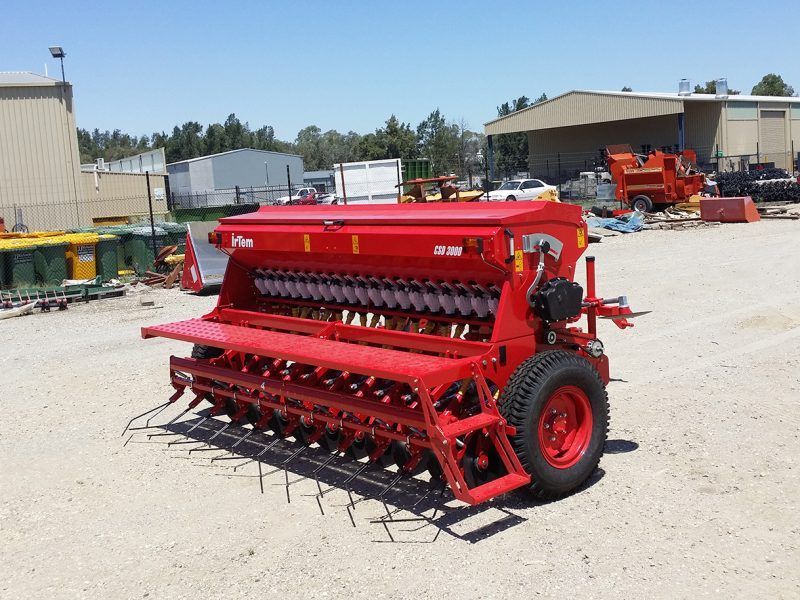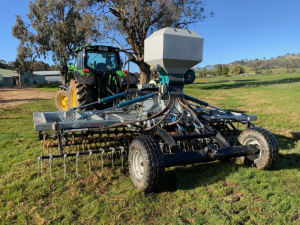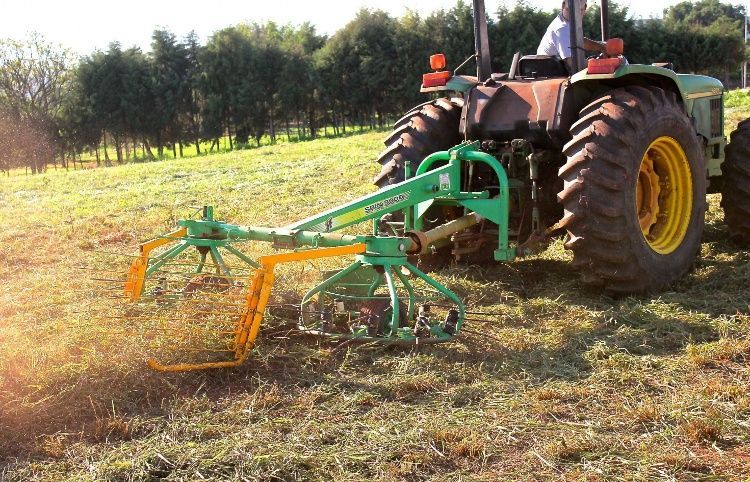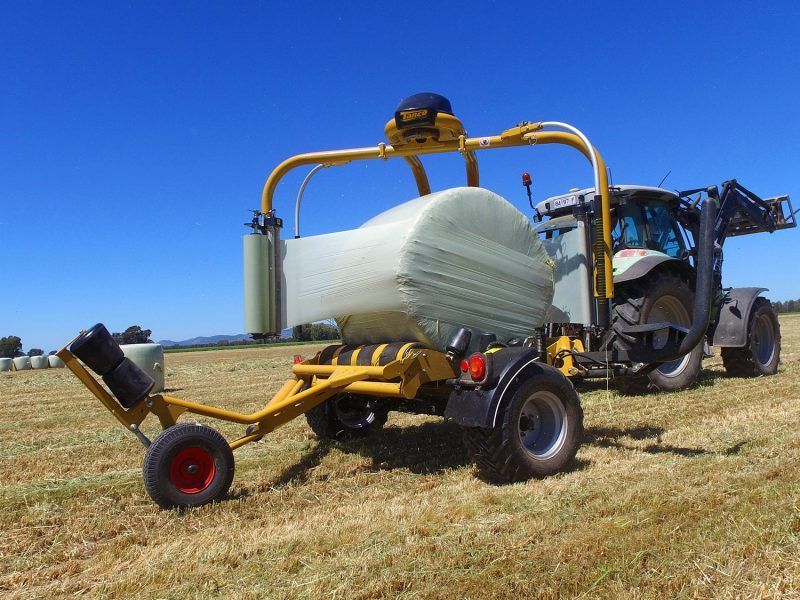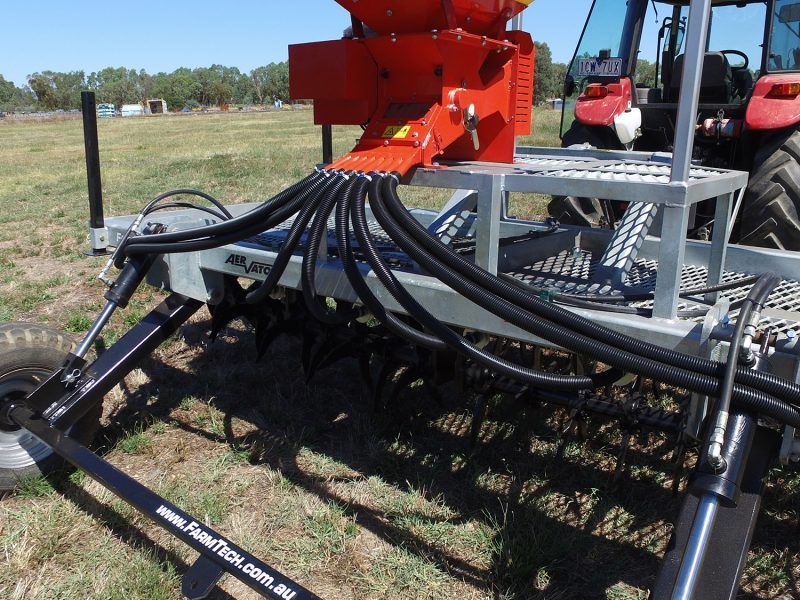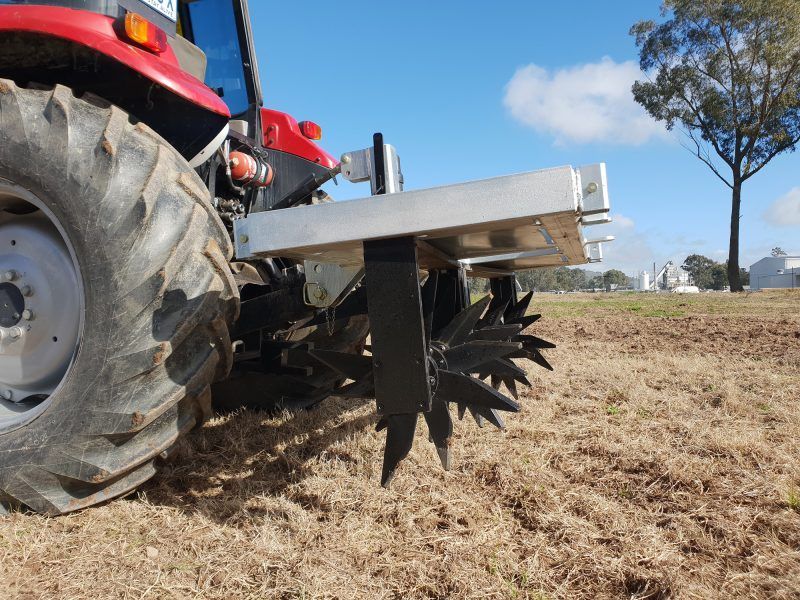How to Properly Maintain and Care for Your Farm Seeder
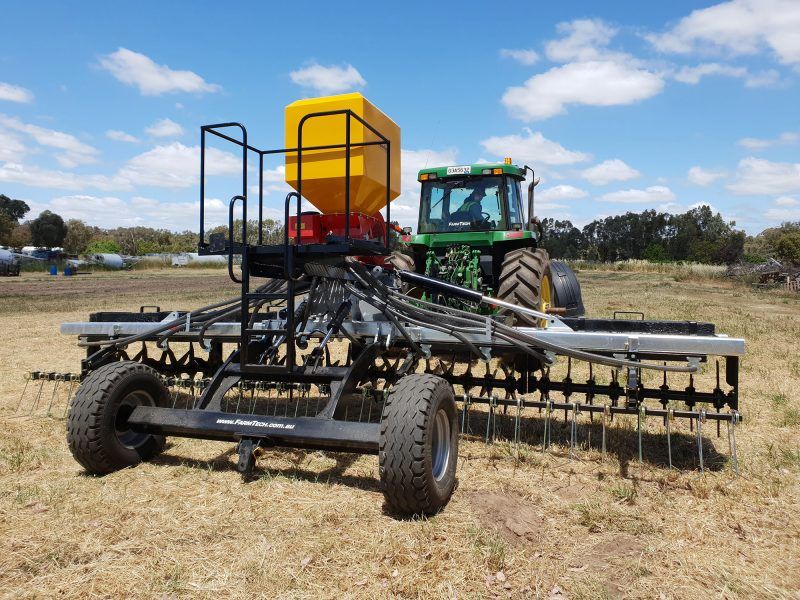
In the realm of modern farming, the seeder stands as one of the quintessential tools, a silent yet potent ally of the farmer. It is an embodiment of efficiency, a testament to the evolution of agricultural practices that have, over the years, transformed barren lands into bountiful harvests.
Yet, like any piece of machinery, a seeder is not immune to the wear and tear that comes with constant use. It is in this context that the maintenance of a seeder is not just necessary but pivotal to the overarching goal of optimal crop yield.
A well-maintained seeder is akin to a well-oiled machine, operating with precision, ensuring that each seed is planted with accuracy, at the right depth, and under the optimal conditions necessary for germination and growth.
The correlation between the state of the seeder and the yield is direct and unequivocal. A seeder in prime condition ensures that seeds are not just planted, but given the best possible start in their journey from being mere seeds to becoming thriving plants.
In the contemporary agricultural landscape, seeders play a multifaceted role. They are not just instruments of planting but are integral in the preparation of the seedbed, the placement of the seed, and ensuring adequate seed-to-soil contact.
In systems like no-till and reduced tillage, the importance of the seeder is amplified. It takes on the roles traditionally handled by other tillage equipment, making its maintenance a subject of paramount importance.
The narrative of modern farming is incomplete without a nod to the technological advancements embodied in seeders. However, technology, with all its benefits, brings with it the necessity of maintenance.
A seeder, well-maintained, is a farmer’s companion in the quest for not just a bountiful harvest but a quality yield that stands the test of market demands and environmental challenges.
In the ensuing sections, we shall delve deeper into the intricate dance of maintaining a seeder, exploring the nuances and offering insights that are both practical and actionable.
Every seed planted is a step towards a future harvest, and every well-maintained seeder is a stride towards making that future a bountiful reality.
The Need for Regular Maintenance
Just as a high-performance car requires meticulous tuning before every race to ensure peak performance, a seeder too demands regular checks and adjustments before every planting season.
This isn’t merely a suggestion but a necessity. Think of your seeder as the vehicle driving your farm’s success. Without the right care, it won’t operate at its best, and this can have tangible consequences.
A poorly maintained seeder doesn’t just lead to operational hiccups; it directly impacts the yield of your crops. Seeds might not be sown at the correct depth or spacing, leading to inconsistent growth or even failed crops.
Over time, these inconsistencies can accumulate, resulting in a significant reduction in the overall yield. This isn’t just about the crops; it’s about the livelihood of the farmer and the profitability of the farm.
Key Maintenance Areas
- Soil-engaging components:
In the realm of modern farming, the soil-engaging components of your seeder play a pivotal role. As farming practices evolve, these components are increasingly taking on the duties traditionally handled by some tillage equipment.
This shift underscores the importance of ensuring these parts are in prime condition. When they’re well-maintained, they can effectively replace certain tillage operations, streamlining the seeding process and ensuring optimal soil engagement.
- Setting the right planting depth:
The depth at which seeds are planted can significantly influence their chances of thriving. It’s not just about setting a standard depth; it’s about adjusting that depth in response to the soil’s moisture conditions.
In drier conditions, for instance, you might need to plant seeds slightly deeper to ensure they have adequate moisture for germination. Being attuned to the soil’s moisture levels and adjusting the planting depth accordingly is crucial for the seeds’ successful growth.
- Planter’s coulters:
The efficiency of your seeder is, in part, determined by the sharpness of its coulters. These components are integral in creating a consistent seedbed.
Dull coulters might not cut through crop residues effectively, leading to inconsistent furrows. It’s essential to regularly check the sharpness of your coulters and ensure they’re up to the task, especially if you’re dealing with heavy crop residues.
- Down pressure:
Applying the right amount of pressure is a balancing act. While you need enough down pressure to ensure seeds are placed at the correct depth, applying too much can compact the soil around the seed.
Compacted soil can hinder seed germination and root growth. It’s essential to adjust the down pressure so that the depth wheels are firmly resting on the soil surface, ensuring accurate seed placement without unnecessary soil compaction.
- Monitoring seed population:
It’s not just about planting the seeds; it’s about ensuring they’re in the best position to grow. Regularly inspecting the seed furrow is vital.
Check for proper seed depth and make sure the soil is in good contact with the seed. This ensures that each seed has the best possible start, setting the stage for a healthy crop.
Practical Tips for Seeder Maintenance
Maintaining a farm seeder is not just about understanding its mechanics; it’s also about leveraging the wealth of resources and knowledge available to ensure it operates at its peak. Here are some practical tips to guide you in keeping your seeder in tip-top shape:
- Utilise Available Resources
In today’s digital age, there’s a plethora of online resources at your fingertips. Consider diving into video series that offer visual step-by-step guides on seeder maintenance. Additionally, downloadable guides can serve as handy references, allowing you to revisit crucial maintenance steps whenever necessary.
- Seek Expert Advice
While the user manual that comes with your seeder is a valuable resource, don’t hesitate to consult equipment dealers. They often have a wealth of knowledge and can provide insights into best practices, ensuring your seeder remains in optimal condition.
- Engage with Seasoned Producers
There’s no substitute for experience. Engaging with producers who’ve been in the field for years can offer invaluable insights. They can provide advice tailored to specific soil types and conditions prevalent in Australia, ensuring your seeder is always set up for success.
- Adaptability is Key
Australian weather can be unpredictable, leading to changes in soil moisture and residue levels. It’s essential to remain flexible and adjust your seeder as necessary. Regularly monitor these conditions and make the necessary tweaks to your seeder to ensure it functions efficiently.
Common Issues and Solutions
Dealing with Heavy Residue
Heavy residue can pose a significant challenge when it comes to seeding. It can obstruct the seeder and affect the uniformity of seed placement. One effective method to navigate through this is by using markers.
These markers can help in maintaining a straight line, ensuring that the seeds are sown in the desired pattern. Additionally, if your field has old rows that are still visible, they can serve as natural guides.
By following these old rows, you can ensure that the new seeds are placed in optimal positions, minimising the interference of heavy residue.
The Significance of Seed-Metering and Soil-Engaging Components
The components of your seeder that engage with the soil and meter the seeds play a pivotal role in the seeding process. It’s crucial to ensure that these parts are in top condition and calibrated correctly. The right calibration ensures that the appropriate amount of seed is dispensed into the furrow.
Any discrepancies can lead to over or under-seeding, which can subsequently impact the yield. Regular checks and maintenance of these components can prevent such issues and guarantee that each seed has the best chance of germinating and thriving.
Routine Checks for Optimal Seeding
The conditions of the soil can change, sometimes even within a single day. As such, it’s essential to periodically check various aspects of the seeding process.
This includes verifying the seed depth to ensure they’re not too shallow or too deep, checking the spacing between seeds for consistency, counting the seeds to ensure the right amount is being sown, and confirming that there’s adequate seed-to-soil contact.
Proper contact is vital as it ensures that the seed has the necessary conditions for germination. Especially when there are changes in soil moisture or other conditions, these checks become even more paramount to ensure the health and success of the crop.
By being proactive and addressing these common issues, farmers can ensure a more successful and bountiful harvest. Regular maintenance and checks might require a bit of effort, but the rewards in terms of crop yield and quality are well worth it.
Conclusion
In the journey of agriculture, the role of a meticulously maintained seeder is paramount. It is an undeniable truth, underscored by practical experiences and empirical studies, that the condition of a seeder is intrinsically linked to the bounty of the harvest.
Each seed sown is a potential life, a prospective plant that could flourish and contribute to the yield. However, this potential is significantly amplified when the seeder is in optimal condition.
Farmers, the custodians of the land and the architects of the harvest, play a pivotal role in this process. The call to action is clear and unequivocal – invest time in the meticulous preparation, rigorous maintenance, and precise adjustment of seeders.
This isn’t a task to be sidelined or underestimated; rather, it is a core component of successful farming.
The intricacies of the soil, the nuances of the climate, and the diversity of the seeds all converge in the act of planting.
A seeder, when well-maintained, navigates these complexities with precision, ensuring that each seed is planted with the optimal conditions for germination and growth. It is a dance of nature and technology, where each step, each turn, is critical.
As we reflect on the insights and information shared, let us anchor ourselves in the foundational truth that a well-maintained seeder is not just a piece of machinery but a catalyst for abundance.
It is an investment in the future, a commitment to the land, and a pledge to the community. Every moment spent in the maintenance of a seeder is a stride towards a bountiful harvest, a thriving farm, and a nourished society.
In the spirit of unity and progress, let us step forward with determination and wisdom, armed with the tools and knowledge to elevate our agricultural practices.
The seeds we sow today, aided by the precision and efficiency of well-maintained seeders, are the harvests of tomorrow. In this journey, every farmer, every seeder, and every seed is significant. Together, we cultivate not just crops, but a future of abundance, sustainability, and prosperity.



